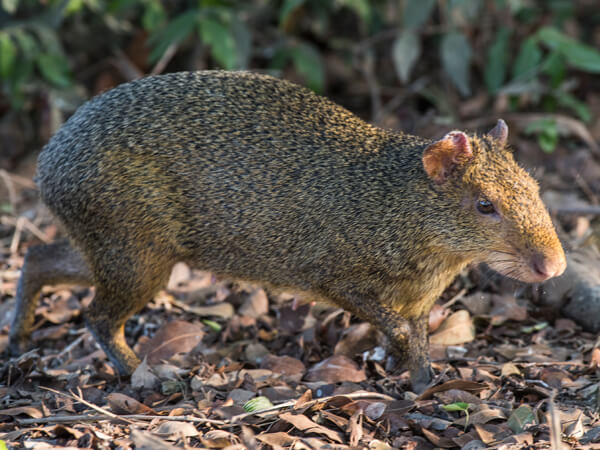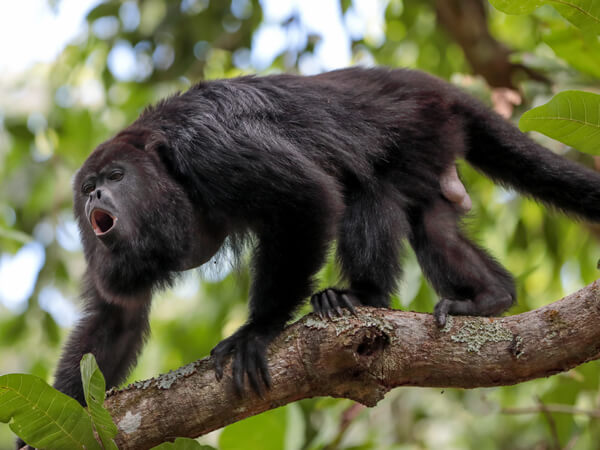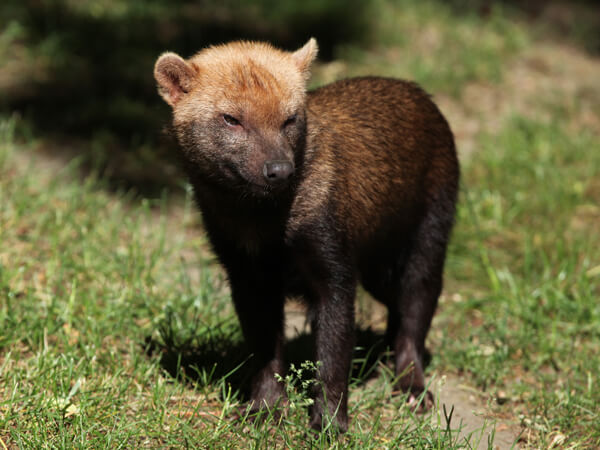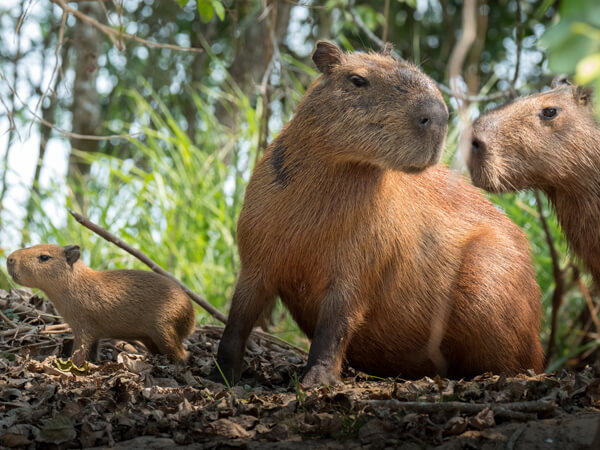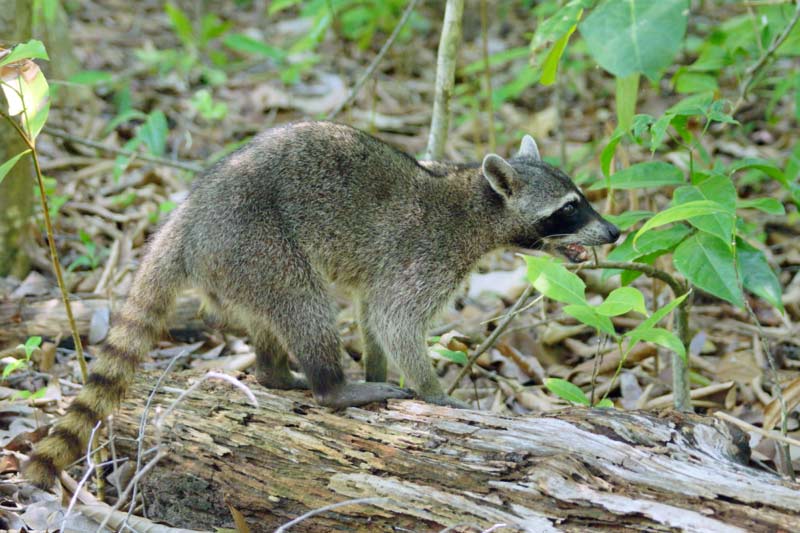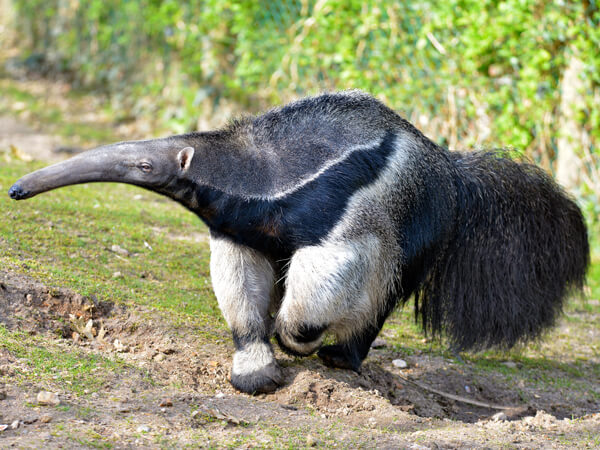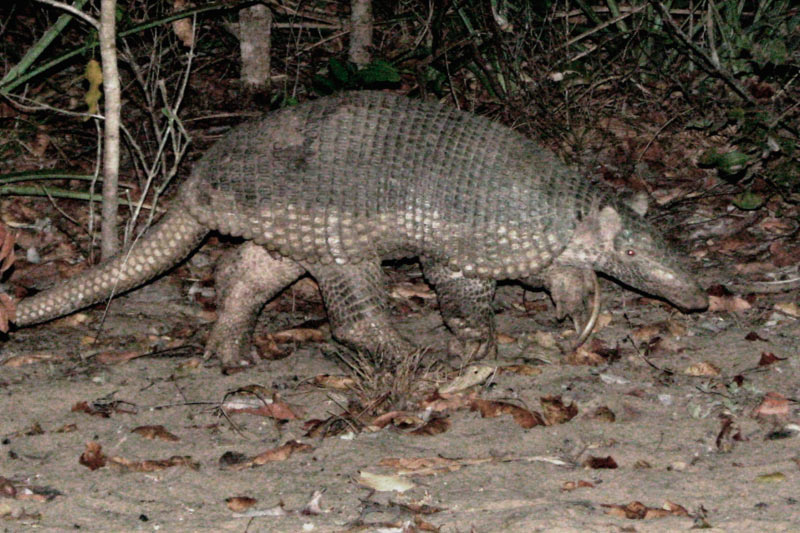This animal is commonly found in several Brazilian biomes. It consumes a generalist diet, which is one of the reasons that it can adapt well to environments already modified by man. They also feed on carcasses when necessary.
Click to learn more
Distribution
Crab-eating foxes are present in a large part of South America, from Venezuela, northern Colombia, the Guianas and Suriname, to Uruguay and northern Argentina, through almost the entire Brazilian territory, except in much of the Amazon area in which another species occurs – the short-eared dog (Atelocynus microtis).
Features
Crab-eating foxes measure between 57 and 77 centimeters in length, with their tail ranging from 22 to 41 centimeters. They can weigh from 4.5 to 8.5 kilograms. Their coat is light in color, but shades may vary in the individuals of the species. They have rounded ears and dark paws, and show apparent sexual dimorphism.
Behavior
Crab-eating foxes have predominantly nocturnal and crepuscular habits. They often roam their territories in pairs, and when separated they maintain contact by barking at high frequencies over long distances. Although there may be overlaps between the living areas of neighboring groups, episodes of persecution and expulsion of invaders have been observed. However, they tolerate the presence of other individuals when certain foods are readily available. Different studies have found living areas to range in size from 54 to 1,280 hectares. They usually rest above the ground, but sometimes they use holes made by armadillos in which to relax.
Food
Crab-eating foxes are omnivorous; their diet includes many fruits, vertebrates, insects, amphibians, crabs and other crustaceans, birds and carrion. Apparently there is a limitation on the size of their victims as they are unable to hunt down prey with a heavier body weight than their own. Diet varies according to the availability of food. In areas of human disturbance, their diet can include fruits grown by man, poultry and even garbage. Crab-eating foxes also consume small gravel stones, presumably as a source of minerals.
Reproduction
Gestation takes approximately 56 days, after which two to six cubs are born, weighing from 120 to 160 grams each. Litters take place once a year, usually from June to December. Both parents are responsible for the raising and caring of the cubs. The cubs start eating solid foods between 16 and 20 days, and are weaned at approximately 90 days old. Cubs remain with their parents until dispersed between 18 and 24 months. Young adults will often return to the living area of their parents, who tolerate the presence of their young.
Conservation
Crab-eating foxes have been considered of “low concern” by the national lists of both the ICMBio and the IUCN. They are generally a common species in most countries, and populations are considered stable. In Brazil, the species is not regarded as threatened.
Threats
Rural residents chase the crab-eating fox, as they are accused of preying on chickens and lambs. As crab-eating foxes are able to live close to urban areas, they are constant victims of trampling throughout Brazil.
photo: Valquiria Cabral


